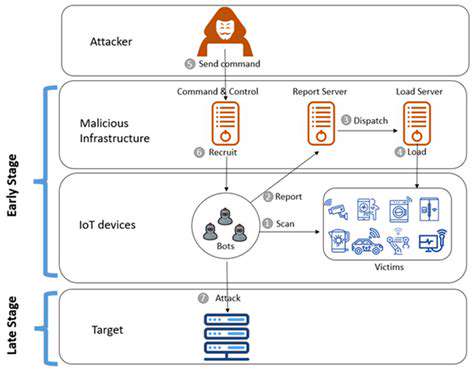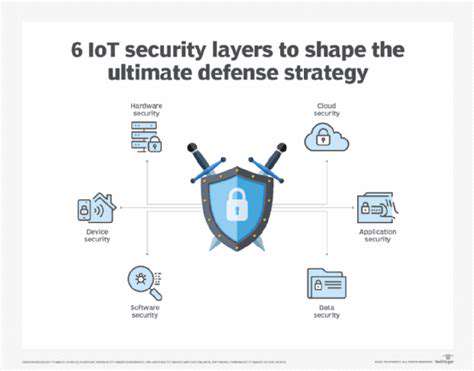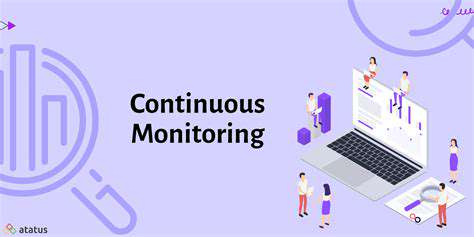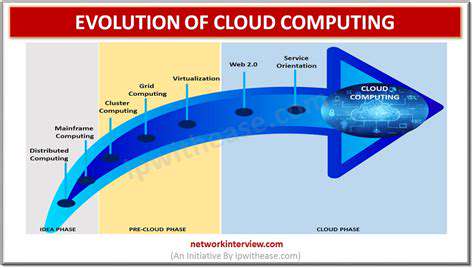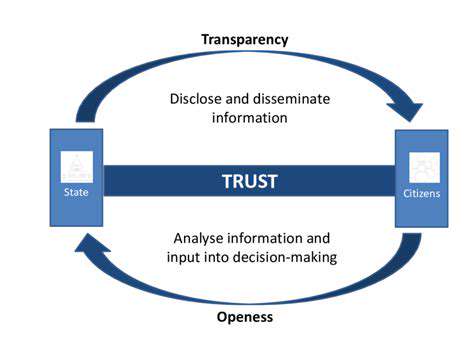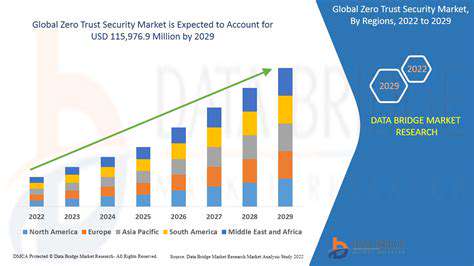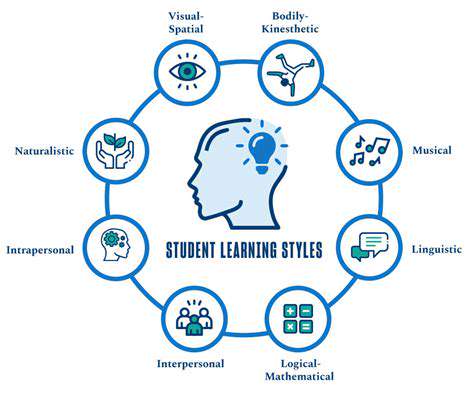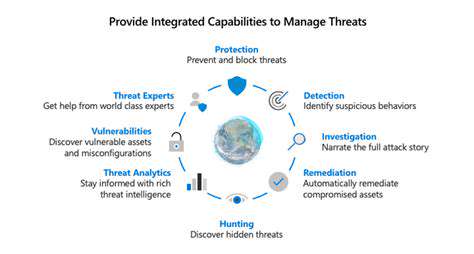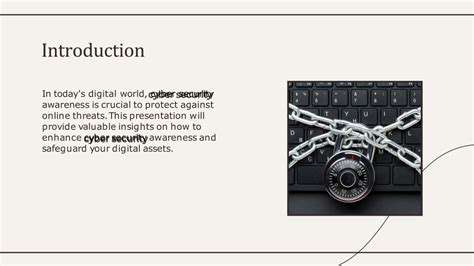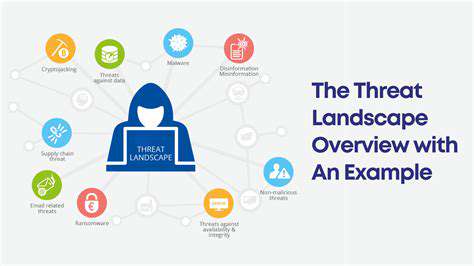
Key Considerations for Securing Microservices
Network Segmentation and Isolation
Network segmentation forms the backbone of microservice security. By creating isolated network zones tailored to each service's requirements, organizations can effectively contain potential breaches. This compartmentalization strategy prevents threat actors from moving laterally across systems, significantly reducing blast radius during incidents.
Environment separation deserves special attention. Production workloads should never share infrastructure with development or testing environments. This practice minimizes accidental exposure of sensitive data while maintaining clean separation of duties across teams.
Authentication and Authorization
Modern authentication frameworks must evolve beyond basic credentials. Multi-factor authentication (MFA) has transitioned from optional to mandatory, particularly for administrative interfaces and sensitive data access points. The principle of least privilege should govern all access control decisions, with RBAC implementations regularly audited for appropriateness.
Service-to-service communication requires special consideration. Short-lived, scoped tokens offer superior security to static API keys, automatically expiring after set periods to limit exposure windows.
Data Security and Encryption
Encryption standards continue advancing to meet evolving threats. While TLS 1.3 represents the current benchmark for in-transit encryption, organizations should also evaluate emerging quantum-resistant algorithms for future-proofing. At-rest encryption demands equally rigorous implementation, with proper key management being equally important as the encryption itself.
Data access governance requires continuous refinement. Regular entitlement reviews should examine not just who accesses data, but how frequently and for what purposes. Anomalous patterns often reveal security gaps before they're exploited.
Security Monitoring and Logging
Effective monitoring transcends simple alert generation. Behavioral analytics now play a crucial role in identifying sophisticated attacks, establishing baselines of normal activity to detect subtle anomalies. Correlation engines that combine network, application, and user activity logs provide the most comprehensive threat detection.
Log retention policies must balance security needs with operational constraints. While longer retention aids forensic investigations, it also increases storage costs and potential exposure of sensitive log data.
Vulnerability Management
The vulnerability landscape changes daily, requiring dynamic response capabilities. Automated scanning should occur not just during development, but continuously in production environments. Patch management workflows need built-in emergency channels for critical vulnerabilities, bypassing normal change controls when necessary.
Third-party component analysis deserves special focus. Software bills of materials (SBOMs) help track library dependencies, while automated tools can flag known vulnerabilities in open-source components.
Zero Trust Architecture
Zero Trust implementation varies significantly by organization size and complexity. For microservices, the focus should be on service identity verification rather than just user authentication. Mutual TLS (mTLS) provides robust service-to-service authentication when properly implemented with certificate lifecycle management.
Incident Response Plan
Response plans require regular stress-testing through realistic simulations. Tabletop exercises should involve not just security teams but also developers, operations staff, and business leadership. Post-incident reviews must focus on systemic improvements rather than individual blame.
Benefits of Zero Trust for Cloud-Native Applications
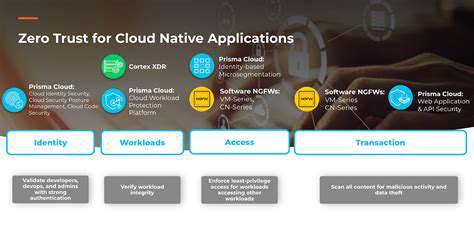
Enhanced Security Posture
The Zero Trust model fundamentally changes security dynamics by eliminating implicit trust. Continuous authentication mechanisms now verify not just initial access but ongoing session legitimacy, dramatically reducing attack surfaces. This approach proves particularly effective against credential stuffing and session hijacking attempts.
Microsegmentation extends these benefits to east-west traffic, preventing lateral movement even when perimeter defenses fail. The combination of device health checks, user authentication, and context-aware policies creates multiple security layers.
Improved Visibility and Control
Modern Zero Trust implementations generate rich telemetry data that powers advanced analytics. Security teams gain unprecedented insight into access patterns, enabling them to detect subtle anomalies indicative of compromise. This data also feeds machine learning models that continuously improve threat detection accuracy.
Policy engines have evolved beyond simple allow/deny decisions. Modern systems evaluate multiple contextual factors including device posture, user behavior patterns, and requested action sensitivity before making access decisions.
Increased Agility and Scalability
Cloud-native Zero Trust solutions scale elastically with application demands. Identity-aware proxies can handle millions of authentication decisions per second, maintaining performance even during traffic spikes. This scalability proves particularly valuable for organizations experiencing rapid growth or seasonal demand variations.
The decoupling of security policies from network topology simplifies infrastructure changes. Developers can deploy new services without waiting for network reconfiguration, accelerating feature delivery cycles.
Reduced Operational Costs
While initial implementation requires investment, Zero Trust architectures often reduce long-term costs. The consolidation of security tools decreases licensing expenses, while automated policy enforcement reduces manual oversight requirements. Perhaps most significantly, the prevention of major breaches avoids associated remediation costs and reputational damage.
Cloud-delivered Zero Trust services offer particular cost advantages, eliminating the need for on-premises security hardware and its associated maintenance.
Enhanced Compliance and Governance
Zero Trust architectures naturally support compliance requirements through their detailed access logging and policy enforcement. Automated evidence collection simplifies audit processes, while fine-grained access controls demonstrate compliance with data protection regulations. The model's inherent transparency reassures both regulators and business partners.
Policy-as-code approaches enable version control and change tracking for security configurations. This audit trail proves invaluable during compliance reviews and security assessments.
